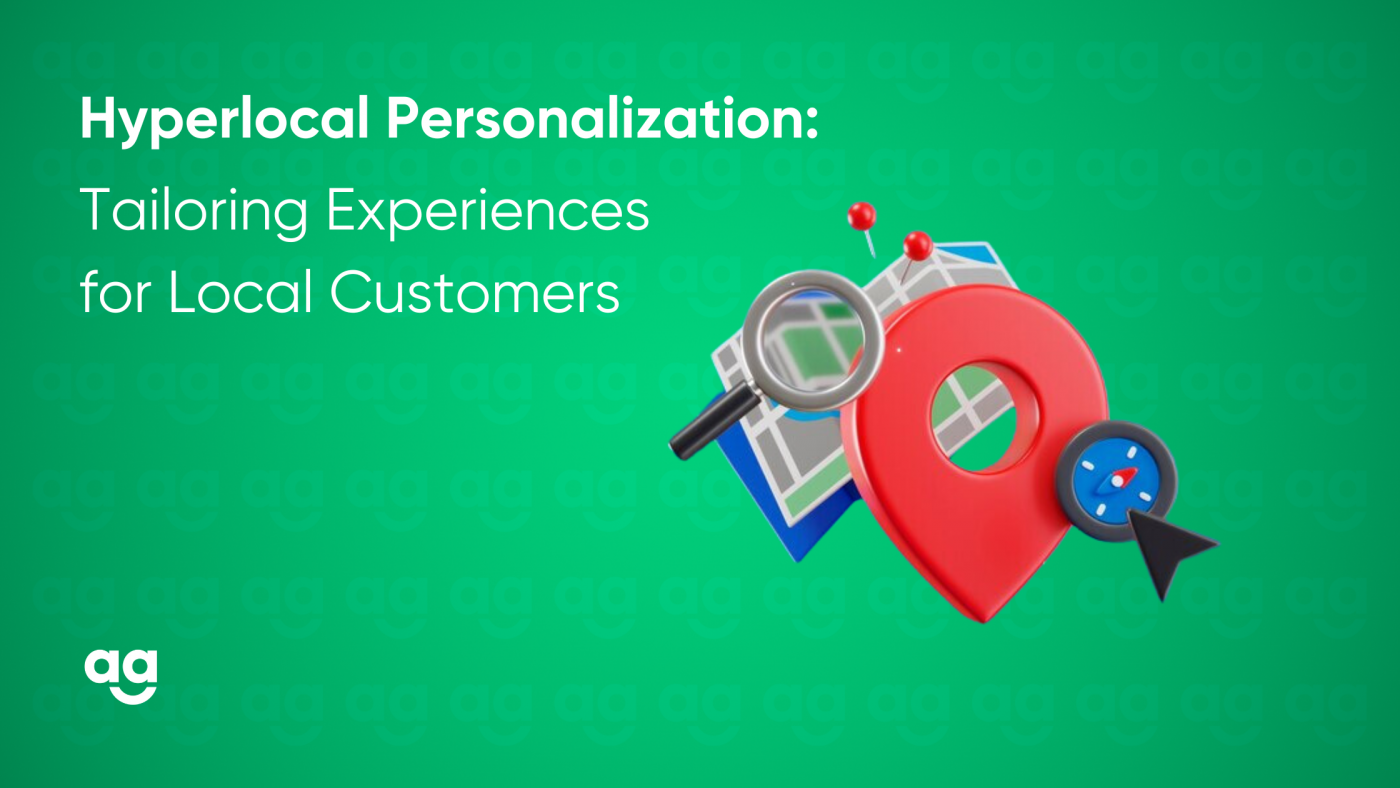Introduction
The eCommerce industry in India has witnessed a rapid growth of hyperlocal services in the recent years. As per reports by IBEF (India Brand Equity Foundation), currently, 48% of all eCommerce users in India are consumers of hyperlocal goods and services.
The next step in this evolution is hyperlocal personalization, which goes beyond general preferences to tailor experiences specifically for local customers. Businesses are now more cognizant of how important personalization is to engage and retain customers. Let’s explore this concept and see how it can transform customer engagement in the vast world of digital commerce and global connectivity.
Understanding Hyperlocal Personalization
Hyperlocal personalization refers to the practice of modifying products and services based on the particular location of the customer. By considering the distinct traits, and consumption patterns of a specific region, this approach offers local customers a more tailored and personalized experience.
The power of location-based insights
Using location-based data is one of the main forces behind hyperlocal personalization. By incorporating GPS technology and additional location-tracking instruments, companies can acquire significant knowledge about the tastes and actions of their clients within a certain region. This data contains information on local events, weather conditions, cultural nuances, and even traffic patterns.
A retailer of apparel, for example, could use hyperlocal insights to advertise winter clothing in areas with lower temperatures while showcasing summer collections in areas with higher temperatures. This degree of personalization increases marketing efficacy while also improving customer satisfaction.
Elevating customer engagement
Businesses can establish stronger ties with their local clients by implementing hyperlocal customisation. They can gain the confidence and allegiance of a community by exhibiting a comprehension of its distinct requirements and preferences. Increased consumer engagement and a higher chance of repeat business follow from this.
Localizing advertising activities, advertisements, and even website content generates a sense of relevance for clients. Imagine getting advertisements for a local coffee shop as you pass by, tempting you with a deal. Marketing communications have a substantially greater impact when they are delivered in this prompt and tailored manner.
Enhancing the in-store experience
Hyperlocal personalization goes beyond the digital sphere for physical enterprises. Retailers can utilize location-based services to send personalized offers or recommendations to customers’ smartphones when they enter a store. This promotes in-store purchases and offers a smooth, pleasurable shopping experience.
Moreover, hyperlocal personalization can be maximized to optimize inventory management. Retailers can lessen the chance of overstocking or understocking merchandise by modifying their product offerings in response to local demand.
Overcoming challenges and ensuring privacy
Although hyperlocal customisation has many advantages, organizations nonetheless face difficulties, particularly with regard to privacy issues. Obtaining clients’ express consent and putting strong data security measures in place are essential before collecting and using location-based data. Trust must be established and maintained via transparency.
Conclusion
To sum up, hyperlocal personalization is a paradigm shift in the way companies interact with their local clientele. Businesses can cultivate deeper relationships, increase customer satisfaction, and eventually stand out in a crowded market by customizing experiences based on location. Adopting this strategy puts companies in a forward-thinking position for long-term success in the constantly changing landscape of consumer preferences, rather than just reacting to the latest trends.







 Shipping
Shipping







